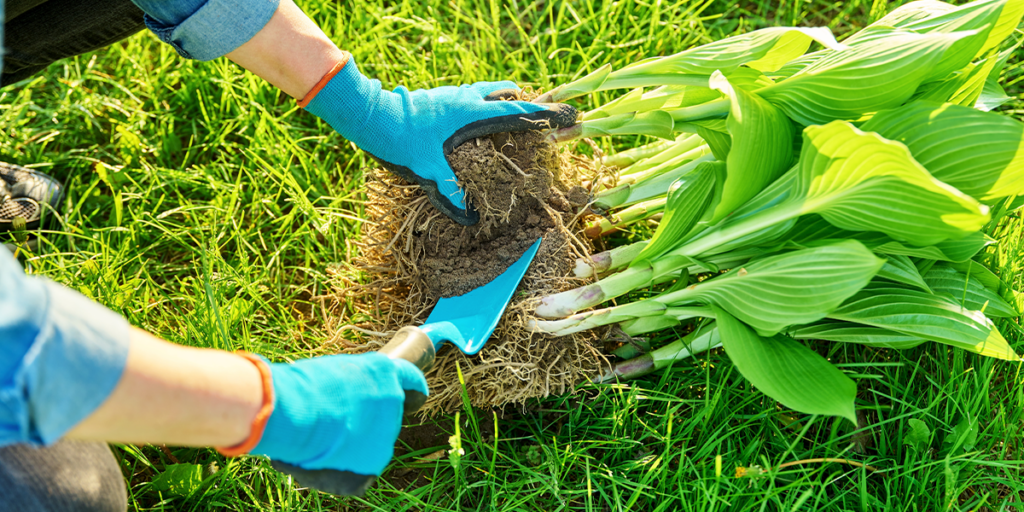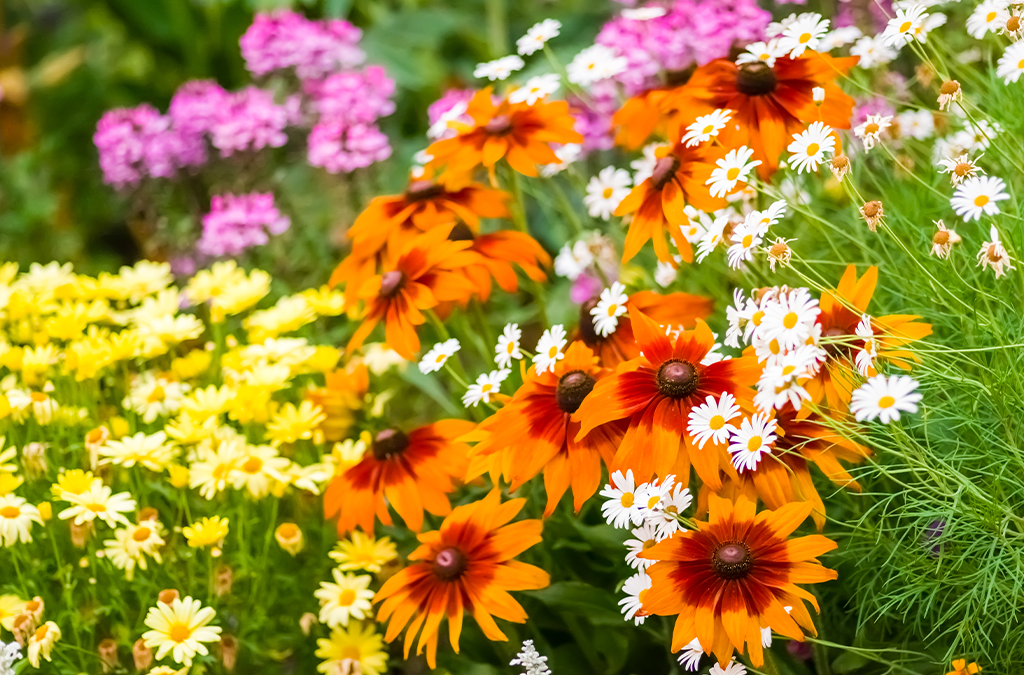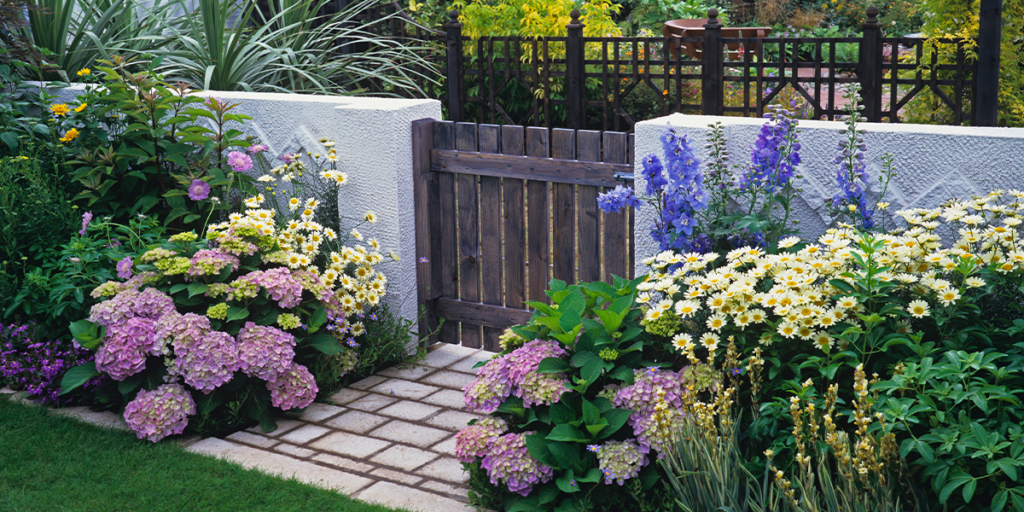Gardening with perennial flowers is so worthwhile! They’re low-maintenance and come back every year even bigger and brighter than before. However, since you’ll be living with your garden long-term, you’ll want to set it up for success from the very start! To make sure your perennial garden is never lacking in color from spring to fall—and to help them grow as healthy as possible—follow these best practices for gardening with perennials.
What Is a Perennial?
A perennial is a plant that’s hardy to your USDA zone; this means that they can survive our cold winters without dying. They may look dead once their leaves die off, but the roots of the plant remain in the soil, ready to sprout back up with new, fresh foliage in spring. Some plants that are perennials in Florida won’t be hardy here in Illinois, so we have to grow them as annuals. Illinois is in USDA zone 6, so any plant hardy to that zone should grow well here. For example, echinacea is hardy in zones 3–9, so we can grow it with no issue.
Gardening with Perennial Flowers: How to Arrange Them
Different perennials bloom at different times. If you only plant spring-blooming varieties, your garden will look pretty boring through summer and fall. For ultimate visual impact and plenty of color throughout the seasons, intersperse a variety of spring, summer, and fall-blooming flowers. This way, as soon as the spring flowers fade, your summer blooms will be hot on their tails!
It’s also important to consider sightlines when planting your flowers. If you’re planting in garden beds, it’s best to plant your taller varieties in the very back so they don’t block the view of shorter plants. Shorter, more mounded plants are great for filling in all the gaps or creating borders along the front. You can also plant trailing flowers along the front of the garden bed to allow them to spill out and downward from the border edge.
Make sure your soil is loose, well-draining, and full of fresh compost to help ensure the long-term health of your flowers.

After 3–5 years, you’ll need to divide your perennials; their roots spread out more and more, but eventually, they get crowded. Often, the middle of your plant will start to die because the central roots aren’t getting what they need. To divide your perennials, gently dig them up, split the root ball in half, replant one half in its original spot, then plant the other division elsewhere. It’s a fantastic way to multiply the flowers in your garden without spending a dime!
Our Top 10 Perennials for Illinois
These popular perennial flowers will fill your garden with sensational color! Here are our top 10 favorites and when they bloom.
- Echinacea (Summer to Fall)
- Gaillardia (Summer to Fall)
- Hardy hibiscus (Summer)
- Bleeding hearts (Spring)
- Dianthus (Spring, Summer, and Fall)
- Daylilies (Summer)
- Violas (Spring and Fall)
- Sedum “Autumn Joy” (Fall)
- Dwarf irises (Spring)
- Creeping phlox (Spring)
There are plenty more flowers to choose from for long-lasting garden color. Visit our garden centers in Bloomingdale and Carpentersville to explore all our perennials for sale in Illinois!
How to Cut Flowers for Indoor Arrangements
Many perennials with tall, sturdy stems are perfect for cutting to create bouquets and indoor arrangements. Using sterilized shears, cut the flower one inch above the base of the stem at a 45° angle. From there, you can trim the stem further if you’d like—just be sure to maintain that angled cut. When you arrange your flowers, ensure none of the leaves are submerged in the water. Remove any leaves near the base of the stem, and keep the foliage near the top intact. Every two days, replace the water with fresh water and cut the ends of your flower stems by one inch.
If you have any questions about perennial flowers, feel free to contact our team at Platt Hill Nursery in Bloomingdale and Carpentersville. We have all the necessary tips, techniques, and products to help keep your garden blooming brightly from spring to fall, again and again!
Platt Hill Nursery is Chicago’s premier garden center and nursery.




